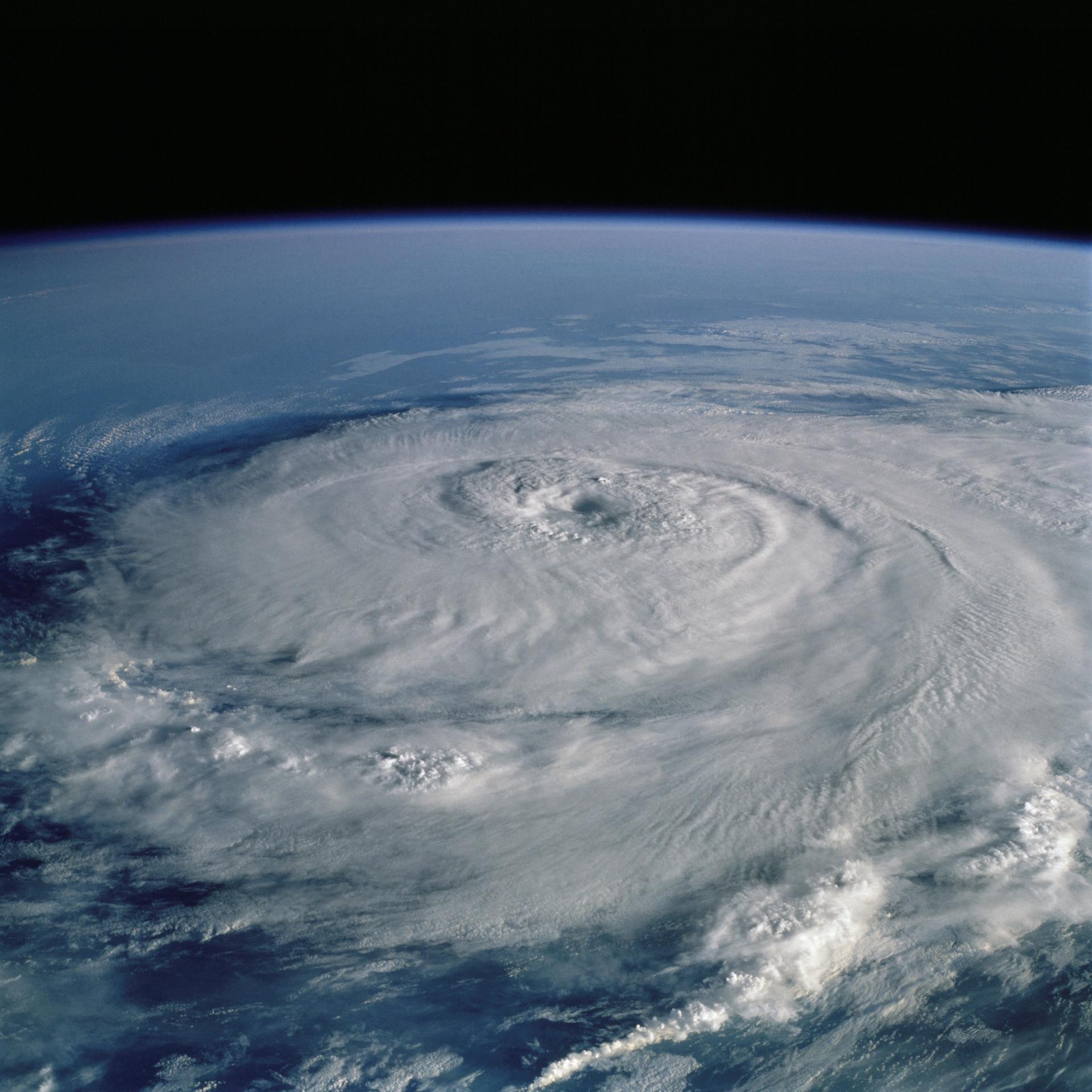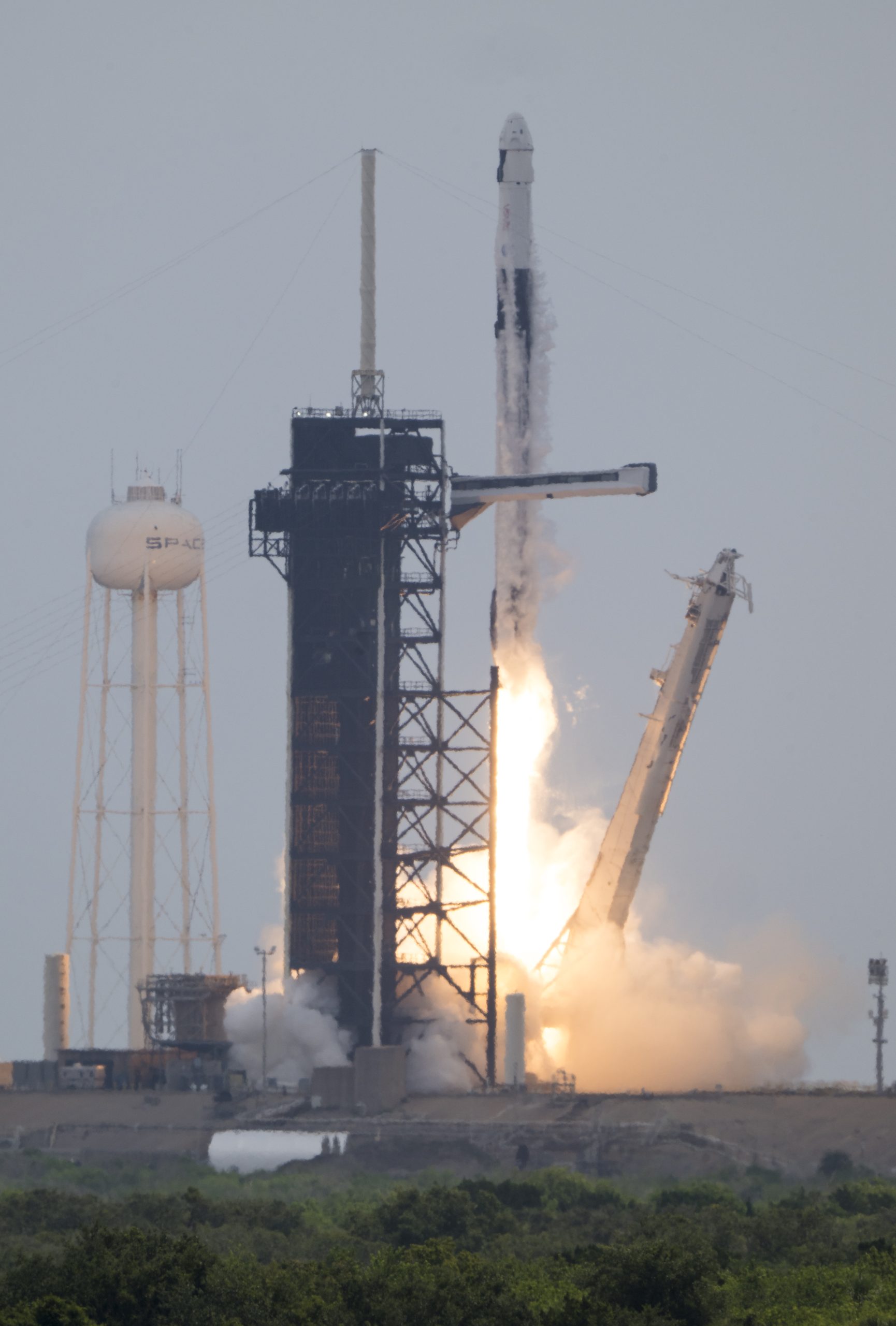Now Reading: NASA-ESA Mission to Revolutionize Hurricane Forecasting with Sea Level Insights
-
01
NASA-ESA Mission to Revolutionize Hurricane Forecasting with Sea Level Insights
NASA-ESA Mission to Revolutionize Hurricane Forecasting with Sea Level Insights

rapid Summary
- Mission Overview: Sentinel-6B, the second satellite in the Sentinel-6/Jason-CS mission (a U.S.-European collaboration), will measure global sea surface height and provide critical data for hurricane forecasts. It is indeed scheduled to launch no earlier than November 16, 2025.
- Partnerships: The program involves NASA, ESA (European Space Agency), EUMETSAT, NOAA, CNES (French space agency), and funding support from the European Commission.
- Importance of Sea Surface Height Data: Satellites like Sentinel-6 track changes in ocean height caused by heat and movement, which aid hurricane intensity forecasting by identifying areas of warm water that can fuel rapid intensification.
- Advancements in Forecasting: Since incorporating satellite data into modeling systems during the early 2000s, researchers have improved forecast reliability and lead times for predictions. This saves billions annually by allowing timely community readiness.
- Key Instruments on Sentinel-6 Satellites: Contributions include an Advanced Microwave Radiometer, Global Navigation Satellite System – Radio Occultation hardware, Laser Retroreflector Array instruments from NASA JPL to collect precise measurements.
To learn more: NASA Sentinel Mission
Indian Opinion Analysis
The Sentinel-6B mission highlights global scientific collaboration aimed at addressing climate-related challenges such as hurricanes. For India – a country heavily impacted by tropical cyclones due to its coastal position – such advancements could serve as a model for integrating technology into disaster preparedness efforts. While India’s meteorological agencies rely on domestic satellite systems like INSAT and RISAT series for cyclone forecasting and monitoring sea temperatures, expanding international partnerships with projects like this could enhance prediction accuracy further.
Additionally, improved lead times from advanced global hurricane models might indirectly benefit Indian researchers who examine similar storm phenomena contributing to regional monsoons or cyclones originating nearby over warm waters in the bay of Bengal or Arabian Sea. Collaborative innovations ensure collective resilience against extreme weather risks globally while helping vulnerable communities prepare better locally through mutual technological sharing frameworks.

























